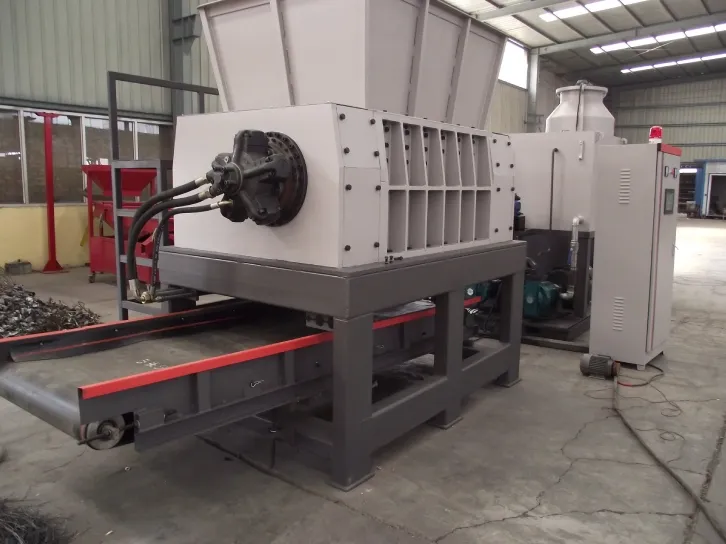
9 月 . 21, 2024 16:58 Back to list
How to Dispose of Circuit Boards
Disposing of circuit boards properly is crucial for environmental sustainability and safety. Circuit boards, commonly found in electronic devices, contain various materials, including metals, plastics, and sometimes hazardous substances like lead and mercury. Improper disposal can lead to environmental pollution and health risks. This article outlines the steps and best practices for disposing of circuit boards responsibly.
1. Understand the Legal Regulations
Before disposing of circuit boards, it is essential to familiarize yourself with local regulations regarding electronic waste disposal. Many countries have specific laws that govern how electronic waste should be handled to protect the environment. These regulations may require you to recycle electronic waste or dispose of it in designated facilities. Check with your local waste management authorities to ensure compliance with the laws in your area.
2. Assess the Condition of the Circuit Board
Before disposal, assess whether the circuit board is still functional. If it is, consider reusing or repurposing it. Many hobbyists and technicians seek old circuit boards for parts or DIY projects. You can offer it to local repair shops, schools, or community makerspaces, where it may find a new life rather than ending up in a landfill.
3. Identify Recycling Options
If the circuit board is no longer usable, recycling is the best option. Many communities have electronic waste recycling programs that accept circuit boards. These facilities are equipped to handle e-waste and will ensure that harmful materials are processed safely. Check for certified e-waste recyclers in your area. Look for recycling events or drop-off locations where you can deposit your circuit boards responsibly.

4. Consider Professional E-Waste Disposal Services
If you have a larger quantity of circuit boards, especially from a business or organization, consider hiring a professional e-waste disposal service. These businesses specialize in recycling electronic waste and ensure that all items are processed according to environmental regulations. They often provide certificates of recycling, which can be helpful for documentation and compliance.
5. Remove Hazardous Components
If you are manually disposing of circuit boards, be cautious of hazardous components. Some circuit boards may include elements like lithium batteries, capacitors, or other toxic materials. If possible, disassemble the circuit board to separate hazardous parts before recycling. However, this should only be done with appropriate knowledge and safety precautions to avoid injury or exposure to harmful substances.
6. Educate Others
Promote awareness about proper circuit board disposal within your community. Educate friends and family about the importance of recycling electronics and the dangers associated with improper disposal. By spreading the word, you can help foster a more environmentally conscious approach to handling electronic waste.
Conclusion
Proper disposal of circuit boards is an important step in reducing electronic waste and protecting the environment. By following local regulations, recycling through designated facilities, and promoting awareness, you can contribute to a healthier planet while responsibly managing your electronic waste. Remember, every small step towards proper disposal makes a difference.
Latest news
Unveiling the Power of Eddy Current Separator
NewsSep.25,2024
Transform Your Home Recyclin:home metal shredder
NewsSep.25,2024
The Future of Waste Management with Recycling Line Picker
NewsSep.25,2024
The Benefits of a Metal Recycling Plant
NewsSep.25,2024
Revolutionize Material Separation with Onwang Technology
NewsSep.25,2024
Innovative Waste Management: Unveiling the MSW Sorting Plant
NewsSep.25,2024